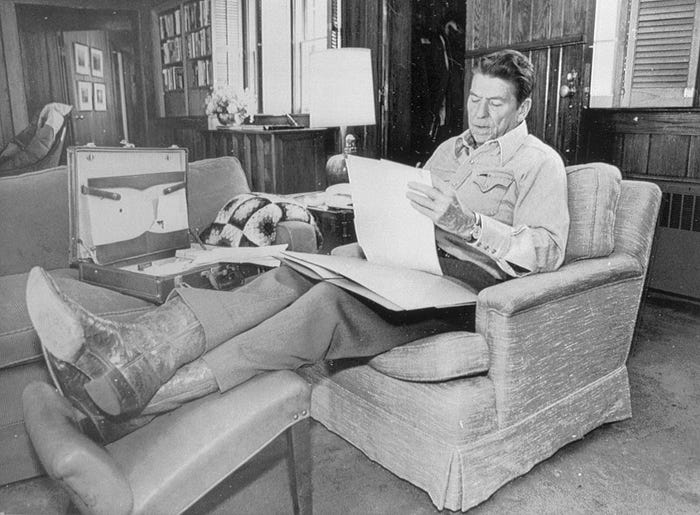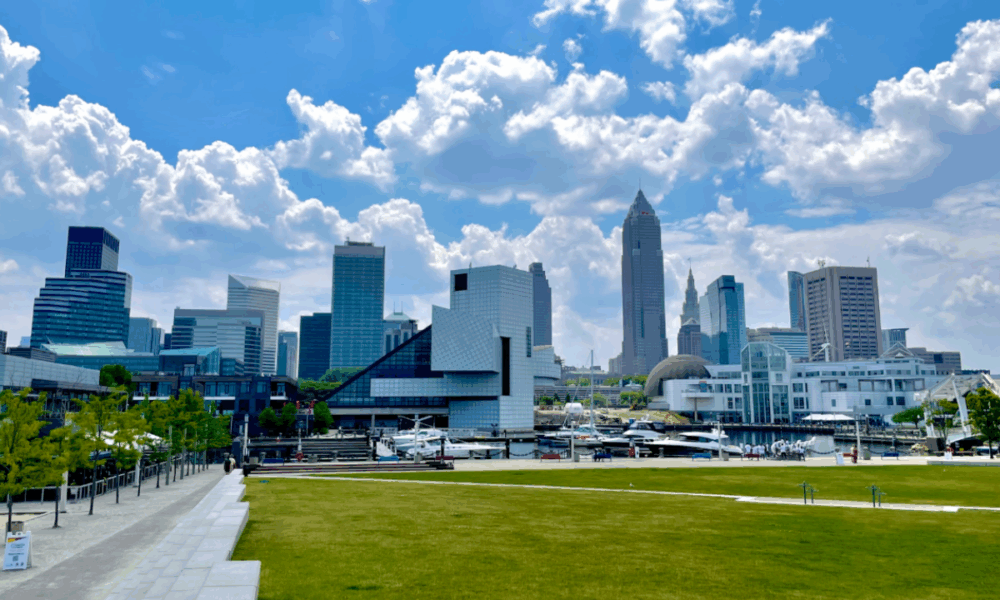UPDATE: New reports confirm a fascinating transformation of Camp David, the presidential retreat located in the serene Catoctin Mountains of Maryland. Established in 1942 by President Franklin D. Roosevelt, this iconic getaway has undergone significant changes over the decades, adapting to the needs and preferences of each president.
The latest insights reveal how Camp David has evolved from its original name, “Shangri-La,” into a modern escape where presidents can unwind and conduct diplomatic meetings in a more relaxed atmosphere. President Dwight Eisenhower officially renamed the retreat in honor of his grandson in 1953, and since then, it has become a symbol of presidential leisure and diplomacy.
Camp David spans 180 acres, boasting amenities like a heated swimming pool, a non-denominational chapel, and the famed “Golf Cart One” used by presidents to navigate the grounds. Recent presidents have personalized the retreat to reflect their tastes, with President Donald Trump describing it as “very rustic” during his time in office.
In the past, Camp David has hosted groundbreaking events, including the historic Camp David Accords in 1978, where President Jimmy Carter facilitated peace talks between Egyptian President Anwar Sadat and Israeli Prime Minister Menachem Begin. This pivotal moment in history showcased Camp David’s role as a venue for significant diplomatic negotiations.
As the retreat continues to evolve, President Joe Biden has introduced modern decor, replacing traditional plaid couches with sleek leather chairs, reflecting a contemporary touch. Biden’s administration also briefly revived the tradition of weekly addresses from Camp David, showcasing its continued relevance in presidential communication.
With each administration, Camp David remains a vital space for presidents to escape the pressures of the White House and engage with world leaders. As the nation observes these changes, the legacy of Camp David endures, reminding us of its importance in American history.
What’s Next: As Camp David continues to serve as a presidential retreat, the ongoing enhancements and the influence of each president will shape its legacy. Observers are keen to see how future administrations will utilize this historic site for both leisure and diplomacy.
This evolving narrative of Camp David is not just about physical changes; it highlights the personal touches each president brings to this cherished retreat, making it a unique emblem of American leadership. Share this article to keep the conversation going about the significance of Camp David in shaping U.S. history.







